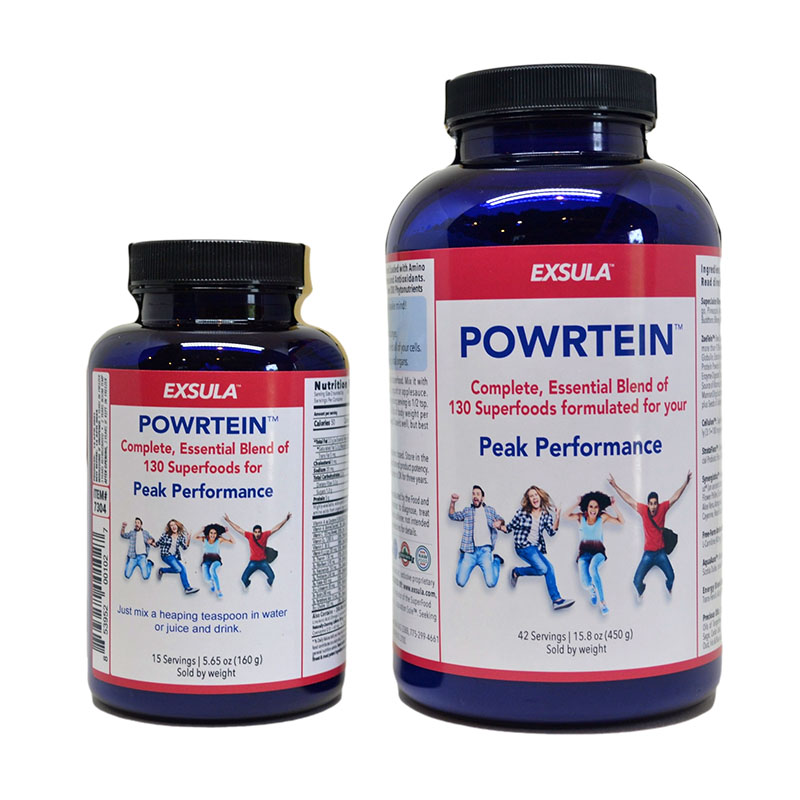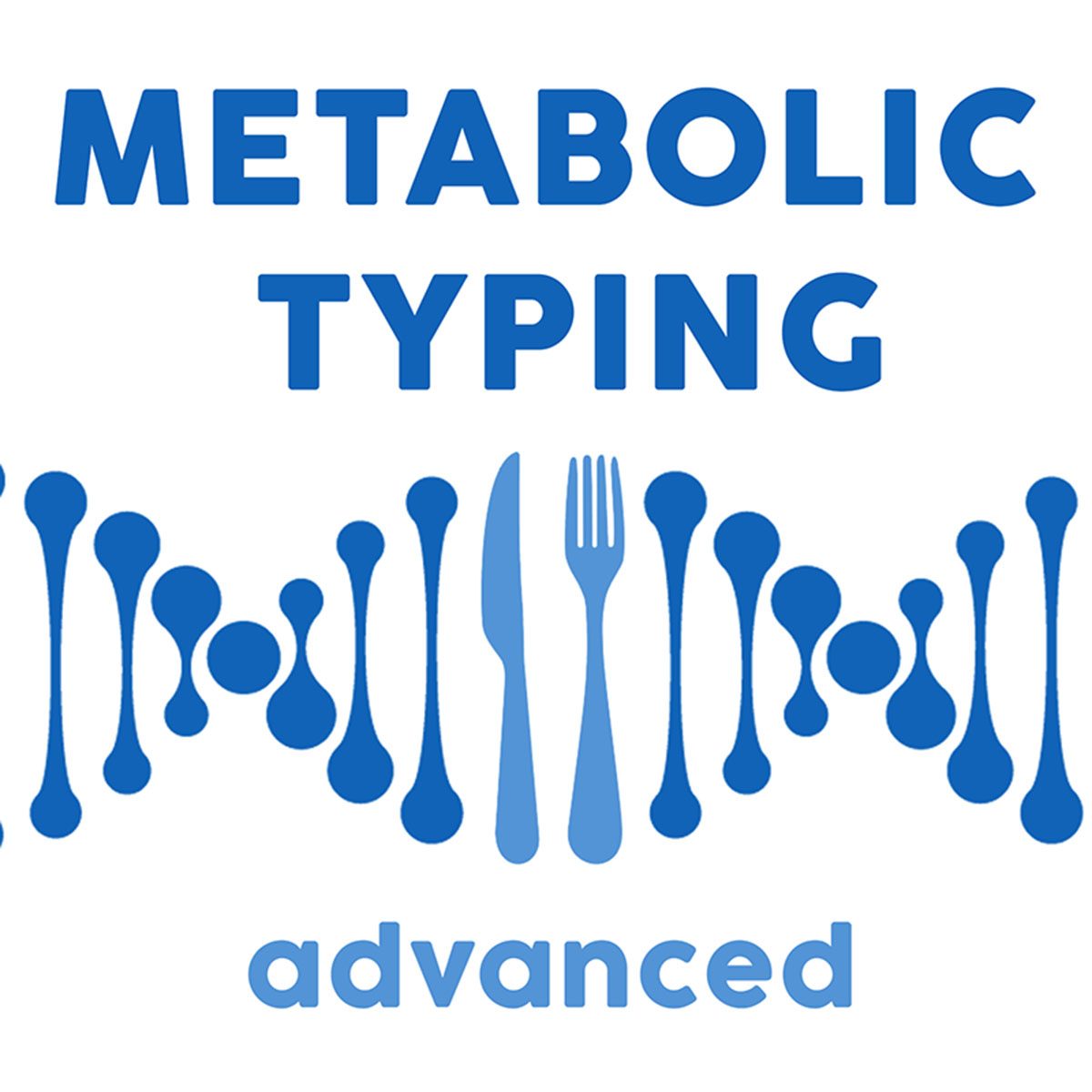No products in the cart.
Weighing Up Whey
The science of protein manufacturing and processing has been growing by leaps and bounds in the past decade. As a person who has spent years researching the benefits of various proteins for use by bodybuilders and other athletes, Will Brink has had to keep up with these improvements in technology. Here he sounds off on protein in general and whey protein in particular. Many factors have led to the recent explosion in the sales of whey protein products, but it’s mostly improvements in technology of processing which have allowed this protein to go from a low-grade waste product that dairy farmers tried to dispose of to high-grade protein with many health-improving and disease-fighting abilities. Over the past few decades, whey protein powders have evolved several generations.
First generation whey protein powders… These early whey protein products contained allow as 30 percent protein along with high amounts of lactose, fat and undenatured proteins. Considered a “concentrate” and used mostly by the food industry for baking and other purposes, they were generally of little use to athletes.
Second-generation whey protein powders… Most products sold today would be considered second-generation whey protein supplements, in my view. Most second-generation formulas are a mix of whey protein concentrates (WPC) and whey protein isolates (WPI). WPC’s now contain as high as 80 percent protein with small amounts of lactose and minimal fats. They generally contain as much as 96 percent-undenatured proteins. Research has found that only when whey proteins in their natural undenatured state (ie. Native conformational state) have biological activity in regard to enhancing immune function. Processing whey protein to remove the lactose, fates, etc. without losing its biological activity takes special care by the manufacturer. The protein must be processed under low temperature and/or low acid conditions as so not to “denature” it. Maintaining the natural undenatured state of the protein in essential to its anticancer and immune-stimulating activity. Most second generation whey products are mixed with an ion-exchange isolate (WPI) to bring up the protein content per serving. WPI’s contain >90 percent protein with minimal lactose and no fat. However, ion-exchange isolates are not optimal whey proteins.
Third generation whey protein powders… With the array of new manufacturing and processing techniques used to make WPI’s, manufacturers can now make very high-grade WPI’s that have a superior profile over that of ion-exchange and most concentrates. So what’s wrong with ion-exchange isolates? The majority of isolates sold are made by running a concentrate through what is called an “ion-exchange” column to get an “ion-exchange whey protein isolate”. Sounds pretty high tech, but there are drawbacks to this method.
Whey protein is a complex protein. It is made up of many subfraction peptides (see section on subfractions for more details) that have their own unique effects on health and immunity. Some of these subfractions are found only in very small amounts, but have important disease-fighting and health-promoting components are selectively depleted. The protein content is increased, but many of the most important subfractions are lost or greatly reduced. This loss makes ion-exchange isolates a poor choice for a true third-generation whey protein supplement, through most companies still use it as their isolate source.
Low-temperature microfiltration techniques allow for the production of very high protein contents (>90 percent), the retention of important subfractions and extremely low fat and lactose contents with virtually no undenatured proteins. As you would expect, these high-tech WPI’s are considerably more expensive per pound than the most expensive WPC. This high cost forces most companies to mix these expensive WPI’s with large quantities of much less expensive concentrates. Probably the best of the new WPI’s currently on the market is made using a process known as cross-flow microfiltration (CFM), which produces an isolate that is >90 percent protein, >99 percent undenatured, and retains important subfractions with virtually no fat or lactose.
CFM is a natural non-chemical process, which employs high-tech ceramic filter, unlike ion-exchange which involves the use of chemical agents such as hydrochloric acid and sodium hydroxide. CFM whey isolate contains high amounts of calcium and low amounts of sodium. In some ways I consider CFM isolate to be possibly the best of both worlds. It has the protein content and low fat content of an isolate with the subfraction ratios of a good concentrate. This is not to say that whey concentrates are a “bad” protein per se, only that they will contain less protein per gram than an isolate. I believe that isolates have the potential to take whey-protein supplements into a new era of sports nutrition supplementation. Given a choice between a well-made concentrate and an isolate that has been stripped of its immune-enhancing, health-improving sub-fractions, I would choose the concentrate any day.
The real magic of whey protein… the subfractions. Another potentially advantageous development in the processing of whey protein is the ability to isolate out certain bioactive subfractions (peptides) from whey protein, such as lactoferrin and glycomacropeptide. This was not possible to do on a large scale just a few years ago, but it can be done today with modern filtering techniques employed by several companies that specialize in peptides. The ability to add back in certain subfractions in amounts that can’t be found in nature allows for a truly tailored protein supplement. Take for example the subfraction lactoferrin. In many whey products, it is nonexistent or greatly depleted because of the type of processing employed. The best whey products will contain less than 1 percent lactoferrin and more like 0.5 percent of this rare but important microfraction.
The subfractions that constitute whey protein include betalactoglobulin, alphalactoglobulin, immunoglobulins (IgGs), glycomacropeptides, bovine serum albumin (BSA), lactoperoxidases, lysozyme and lactoferrin. Each of these subfractions has its distinctive biological properties. One of the most interesting of them is lactoferrin, which research has shown has antioxidant, antimicrobial and antiviral properties. It also appears to play a key role in the host defense and might be a powerful immune stimulant. Though found only in minute amounts, lactoferrin evidently has a wide variety of uses in biological systems and is considered a first-line immune defense in the human body.
For example, lactoferrin has been shown to bind iron so strongly that it inhibits the growth of many bacteria (oram H, Reiter B, Biochem Biophys Acta, 1968), which need iron to multiply. It is a strong antimicrobial able to block the growth of many pathogenic bacteria as well as yeast (Bellamy W et al, J appl Bacteriol 1992) and may improve the efficiency of antibiotic treatment (Elliston RT, infect and Imm 1988). Lactoferrin stimulates intestinal cell growth and may lead to better digestive functions (Hagiwara T, et al, Biosci Biotech Biochem 1995) as well as enhance the growth of “good” microflora in the intestine (Petschow B, et al, Pediat Res 1991). Research has demonstrated it has positive immunomodulatory effects and is a strong antioxidant which scavenges free iron, thus preventing it from causing uncontrolled iron-based free-radical reactions (Eugine P et al, 1993) and protects certain cells from lipid peroxidation (Gutteridge et al, 1981).
Though lactoferrin is both an iron scavenger and donor (depending on the cellular environment), it has been found to scavenge or donate iron at the appropriate times when the body is in need of the reaction (Ambruso et al, 1984). These are only a few examples of the many functions of lactoferrin in biological systems, and this is just one subfraction in whey! A few companies are now adding additional lactoferrin to their whey products, and this addition could prove advantageous to the hard-training bodybuilder looking to prevent over-training, resist infections from various pathogens, and keep his immune system strong. All these factors are essential for long-term health and success in any sport.







